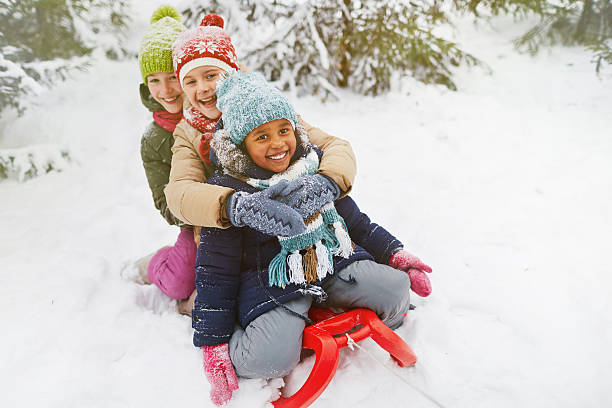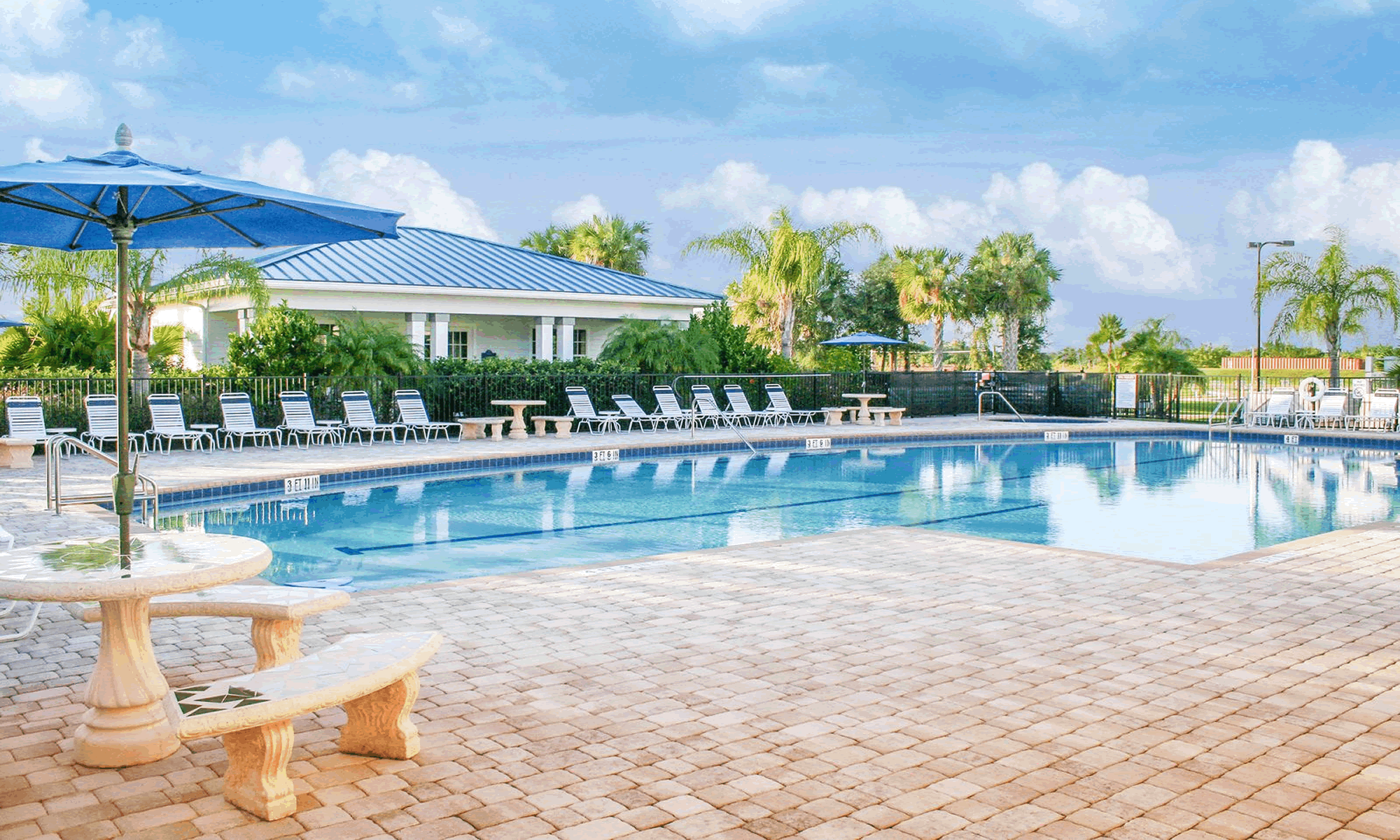Winter weather provides a frosty world of endless possibilities for kids. They can construct forts, sled over ice ramps, skate on a frozen patch of water in the backyard and pretend they are Eskimos foraging for their food. The melted snow freezes on their pants while their faces, legs and hands turn an uncomfortable shade of pink. Nonetheless, they still want to play outside despite the weather conditions. So what can we do to protect them when playing in bad weather?

Snow, believe it or not, can cause problems on the playground. Although we think of snow as being soft and fluffy, it can pack down to resemble concrete. Snow cover quickly becomes a hard packed surface and at times can be icy.
- Snowfall may lessen the distance between the bottom of the swing and the ground so that legs swinging back may become caught on the ground instead of swinging clear.
- Checking the playground surfacing in the winter is just as important as checking it other times of the year. Ice and snow can make the surface very hard.
It isn’t only the snow on the ground that causes concern. Wooden pathways and steps to slides may be slippery. Since it may be impossible to remove all the snow, adult supervision on playgrounds during the winter may need to be increased to help children avoid snow-related accidents.

The material a playground is constructed of can also present problems. Many pieces of equipment are made of metal. Cold is transmitted more easily through metal and increases the risk of a cold injury, such as frostbite. Children should be made aware to not lick or touch the metal objects with their bare hands in cold weather. It is important to dress appropriately for the cold and to limit their time outside when temperatures drop.
Fun Fact: Eating plenty of food before going out can help to sustain body warmth.
It is important to check the playground for any damage it might have sustained during the change of seasons as well as after any occurrence of inclement weather. Following a simple checklist can help you detect problems so injuries can be avoided:
- Check for obvious signs of damage or decay, such as loose or broken nuts and bolts or rotting wood in equipment, gates and fences. Check painted surfaces for chipping paint that would need a coat of primer. Check for holes in fences.
- Check the swings for proper height and stability; make sure the ropes are properly attached and not frayed. Check the slides to make sure the protective surfaces around them have enough sand or mulch. Be sure to clean off bird droppings.
- Check for natural hazards: Fallen tree limbs and branches are obvious, but also make sure there aren’t any damaged limbs that could fall into the playground. Water erosion can expose rocks and other objects that may be hazardous for children, and burrowing animals can leave behind dangerous holes.
- Check for human pollution: bottles, cans, and pieces of glass.
- Check the sandbox: Make sure it’s clean and free of debris, such as twigs and glass, also make sure it hasn’t been used by cats as a litter box.

We can’t control the weather, but we can take safety precautions to ensure children are safe when playing in the winter months.

ParknPool | Lexington, VA | sales@parknpool.com | 877.777.3700

